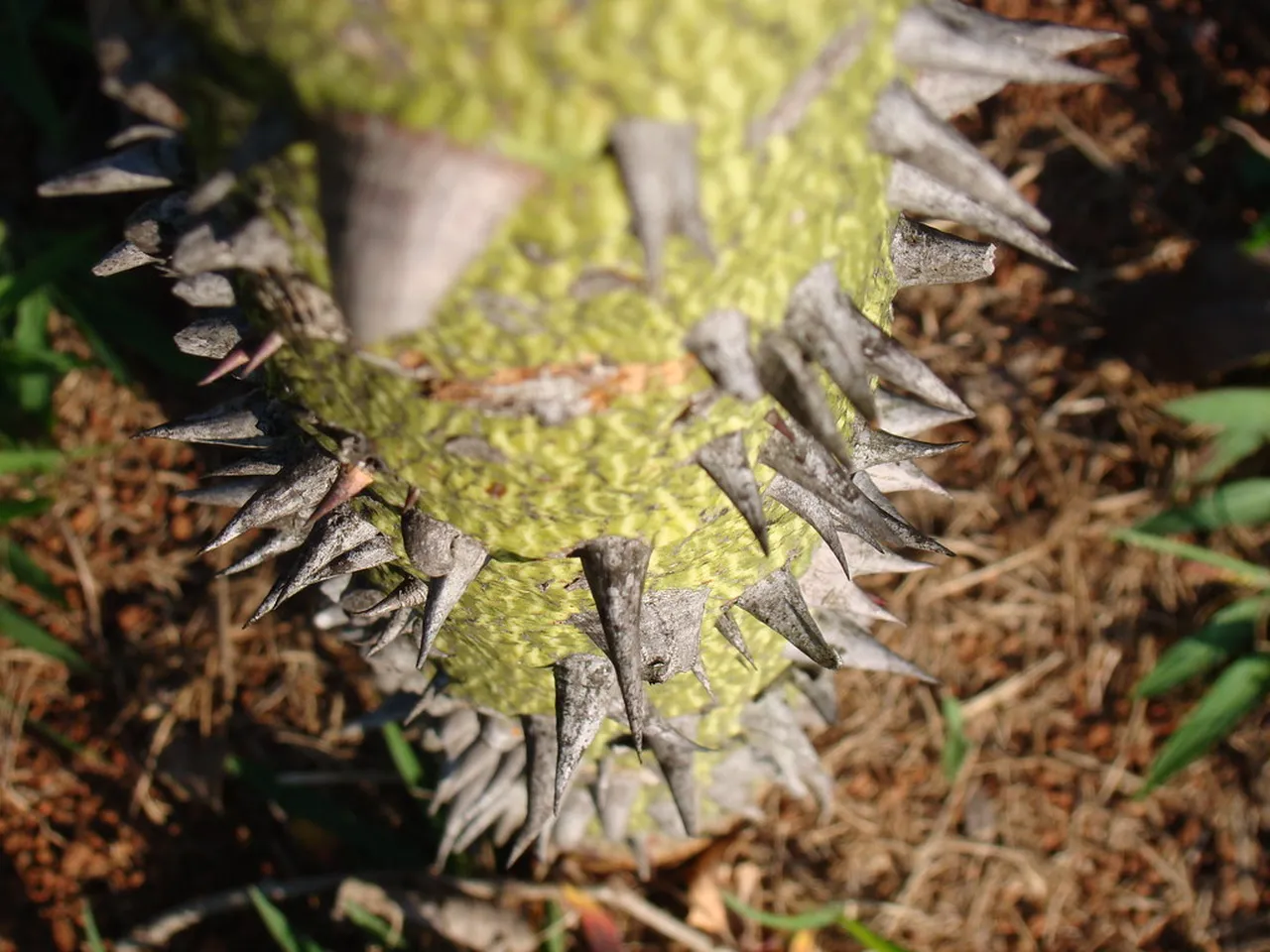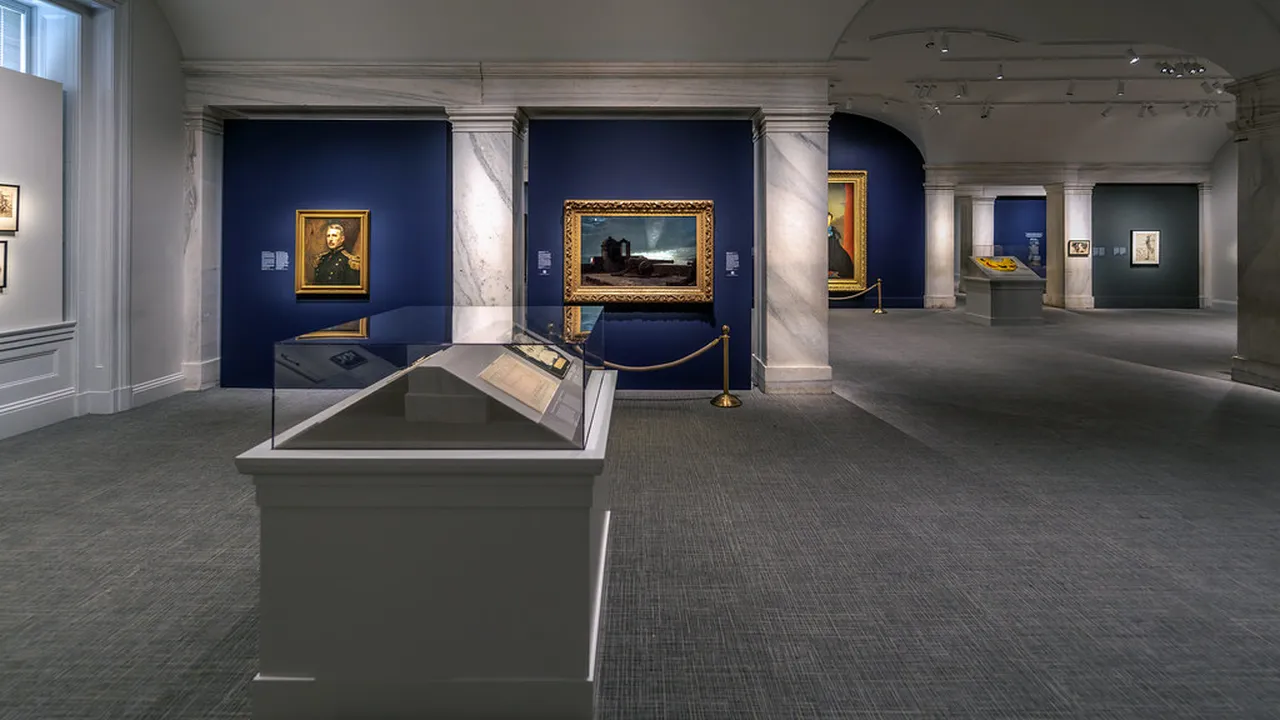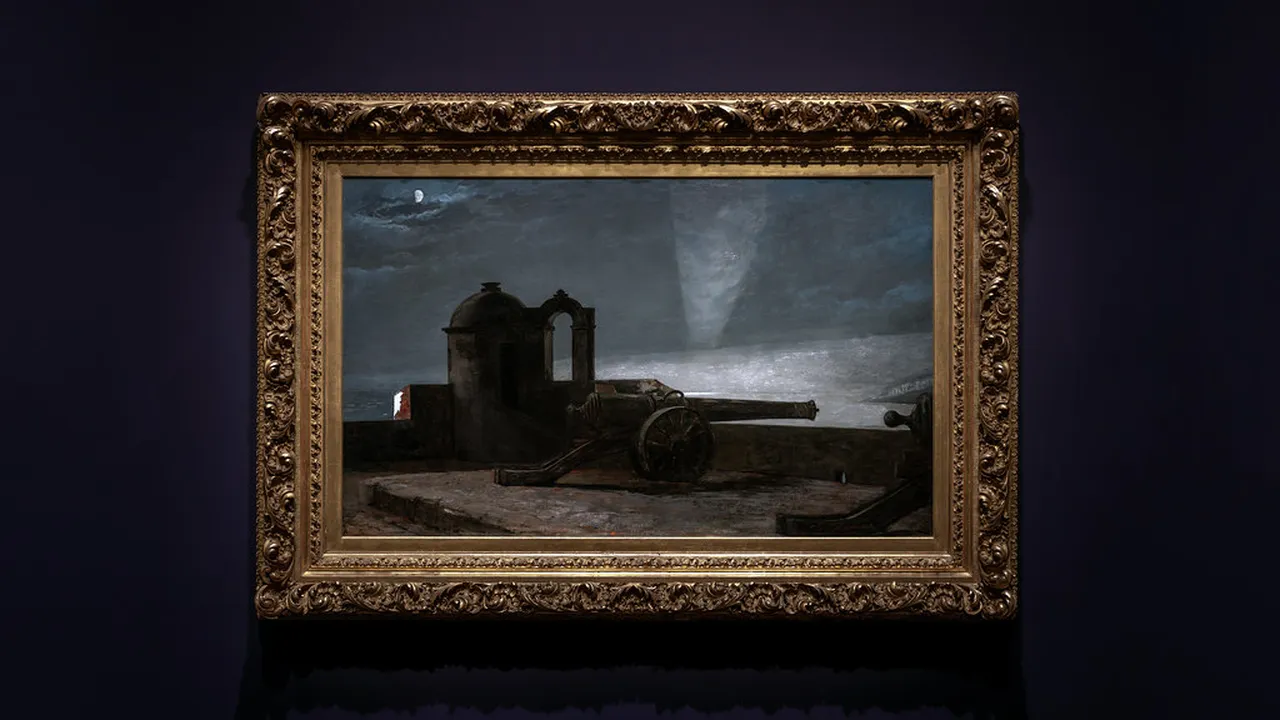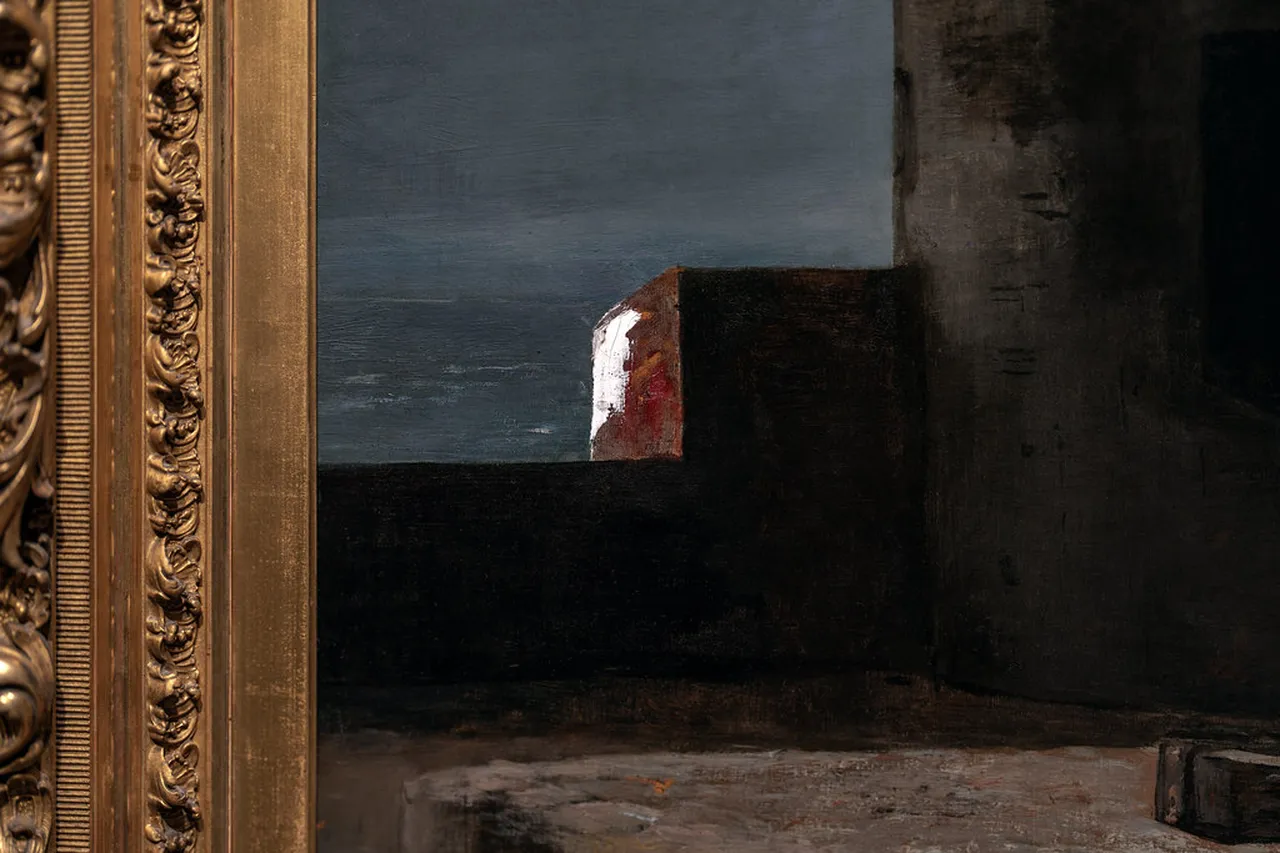
Santiago de Cuba Culture: Discover the Heart of the Caribbean
Table of Contents
Santiago de Cuba Culture
Santiago de Cuba culture is a vibrant tapestry that weaves together rich history, lively music, and delicious food. Nestled in the southeastern part of Cuba, this city is known for its passionate expressions of art and tradition that reflect the island’s unique heritage. From the soulful rhythms of son and bolero to the colorful celebrations of its festivals, Santiago de Cuba offers an unparalleled cultural experience. In this article, we will explore various facets of Santiago de Cuba culture, highlighting the essential elements that make it a captivating destination for travelers seeking authentic experiences.
Want to find the best travel deals for this destination? find adventure planner with our adventure planning specialist!
1. Embracing the Rhythms: Music in Santiago de Cuba Culture

The vibrant music scene in Santiago de Cuba is a crucial part of its culture. Known for its rich Afro-Cuban roots, the city boasts a remarkable variety of musical genres. From the infectious beats of Son Cubano to the lively tunes of Salsa, music is truly the heartbeat of Santiago.
Local musicians often perform in public spaces, creating an atmosphere that is both inviting and exhilarating. Besides, festivals such as the Fiesta del Fuego celebrate the city’s musical heritage, bringing together talents from across Cuba. Through jamming sessions in the streets, one can enjoy live performances by enthusiastic artists.
Pro Tip: Don’t miss the chance to join a local music jam session for an authentic experience!
2. Culinary Delights: Traditional Foods of Santiago de Cuba

Santiago de Cuba culture is not only about music; it also tantalizes the taste buds with its traditional dishes. The food here reflects a unique blend of Spanish, African, and indigenous influences, making it distinctively flavorful. Ropa Vieja, a shredded beef dish, is a must-try, often accompanied by congri, which is rice and black beans.
Furthermore, the seafood in Santiago de Cuba is exceptionally fresh, as the city is nestled along the coast. Local specialties such as lobster and catch of the day dishes are popular among both locals and tourists. You can enjoy these dishes in traditional Paladares, family-run restaurants that serve authentic Cuban cuisine.
3. Historical Influences: A Journey Through Santiago de Cuba’s Past

Santiago de Cuba is steeped in history, with its culture heavily influenced by various historical events. Founded in 1515, it was the first capital of Cuba, playing a pivotal role in early colonial life. The city also has profound connections to the independence movements that shaped the nation.
Notably, places like Castillo del Morro and the Cathedral of Santiago stand as testaments to its colonial past. These sites not only highlight the architecture but also narrate stories of resilience and cultural fusion. Walking through Santiago’s streets allows visitors to engage with its rich history, making it crucial for anyone looking to understand the culture of Santiago de Cuba.
4. Celebrations and Festivals: The Heartbeat of Santiago de Cuba Culture

In Santiago de Cuba, celebrations and festivals form the very essence of its vibrant culture. Notably, the Fiesta del Fuego (Fire Festival) is an extraordinary event held annually in July, which showcases the city’s Afro-Cuban heritage through music, dance, and art. It is a celebration where locals and visitors alike can engage with the rich tapestry of Santiago de Cuba culture.
Moreover, the Carnaval de Santiago, occurring in late July, marks another highlight, famous for its colorful parades and infectious rhythms. During these festivities, people come together in the streets to dance, celebrate, and connect. Indeed, it’s essential to partake in these events to fully grasp the heart and soul of Santiago de Cuba.
“Engaging with local festivals unlocks an authentic experience, connecting you with the vibrant spirit of Santiago de Cuba.”
5. The Art Scene: A Reflection of Santiago de Cuba’s Spirit

The art scene in Santiago de Cuba is not just a showcase of creativity but also a reflection of its diverse cultural heritage. Local artists draw inspiration from the city’s rich history and vibrant life, displaying their work in galleries such as the Galería de Arte Universal.
Furthermore, street art contributes significantly to the city’s visual landscape. Murals depicting historical figures or cultural references can be found throughout Santiago. This artistic expression serves as a powerful medium for storytelling, capturing the essence of daily life and the struggles of the people.
Thus, exploring the art scene allows visitors to connect deeply with Santiago de Cuba culture, gaining insights into the narrative woven through each brushstroke and sculpture.
6. Dance Traditions: Moving to the Beat of Santiago de Cuba
Recommendation: Don't miss out on amazing Santiago tours - book now!
Dance is profoundly intertwined with Santiago de Cuba culture; it is not only a form of entertainment but also a means of cultural expression. Traditional dances such as Salsa and Rumba flourish here, showcasing the city’s passion for rhythm and movement. At various dance schools, locals and tourists alike can immerse themselves in these lively traditions.
Significantly, Events like the Festival de Rumba highlight this dance heritage, drawing performers from across Cuba. As you watch, you’ll notice the connection between dance and community, as it brings people together to celebrate life.
“To truly experience Santiago, you must learn to dance as it is the language of the people.”
In conclusion, participating in dance traditions is an essential part of embracing Santiago de Cuba culture, allowing visitors to experience the energy and vitality that define this remarkable city.
7. The Role of Religion: Spiritual Practices in Santiago de Cuba Culture
Tip: Discover the best Santiago experiences with Viator Tours!
The vibrant Santiago de Cuba culture is profoundly influenced by its rich tapestry of spiritual practices. Religion plays a significant role in the daily lives of its residents. Predominantly Roman Catholic, the people also embrace elements of Afro-Cuban religions such as Santería. This blend demonstrates how faith shapes traditions, rituals, and community gatherings.
Churches echo with hymns, while the scent of incense fills the air during ceremonies. Moreover, during festivities, Rituals involving offerings and prayers reveal the deep spiritual connection prevalent in Santiago. This fusion of beliefs fosters a sense of belonging among the locals.
“Religion in Santiago de Cuba is not just a practice; it is a way of life.”
As you explore, engage respectfully with the local communities. This can offer valuable insights into how spirituality interweaves with daily life in this captivating city.
8. Architecture and Heritage: Exploring Santiago de Cuba’s Landmarks
Tip: Discover the best Santiago experiences with Viator Tours!
Santiago de Cuba is a treasure trove of architectural marvels that narrate its rich history. The city boasts an eclectic mix of colonial, baroque, and modern styles. Each building is a testament to the influences that shaped the city through the ages. Notably, the stunning Castillo del Morro, a fortress guarding the bay, stands as a symbol of Santiago’s past and its strategic importance.
Walking through the historic streets reveals the elegant Plaza de Marte and the impressive architecture of the Catedral de Santiago, which showcases Gothic and neoclassical elements. Additionally, the vibrant colors of the buildings reflect the lively spirit of the locals.
| Landmark | Style |
|---|---|
| Castillo del Morro | Fortress |
| Plaza de Marte | Colonial |
| Catedral de Santiago | Gothic & Neoclassical |
As you explore these landmarks, take a moment to appreciate the history and stories embedded within their walls. Santiago de Cuba’s architectural heritage is truly a reflection of its soul.
9. Local Handicrafts: A Taste of Artisan Traditions in Santiago de Cuba
Recommendation: Don't miss out on amazing Santiago tours - book now!
In Santiago de Cuba, local handicrafts are vibrant expressions of the city’s culture. Artisans engage in traditional crafts, producing unique items that reflect the rich heritage. From handwoven textiles to intricate pottery, these creations are more than just products; they are stories told through art.
Markets abound with stalls showcasing artisans’ works, making it easy to find beautiful souvenirs. Notably, ceramics and woodwork stand out, often featuring colorful designs inspired by the natural surroundings. Additionally, music instruments crafted by local artisans are perfect for those wanting to take a piece of Santiago’s musical legacy home.
“Supporting local artisans not only helps preserve traditions, but also strengthens the community.”
When visiting, take the time to engage with the artisans. Learning about their techniques offers a deeper appreciation for Santiago de Cuba culture and its artistic vibrancy.
10. The Influence of Afro-Cuban Culture on Santiago de Cuba
Afro-Cuban culture plays a pivotal role in shaping the cultural landscape of Santiago de Cuba. This influence is evident in various aspects, such as music, dance, and religious practices. Notably, the vibrant rhythms of Rumba and Songo reflect African heritage, making these genres a beloved part of the city’s identity.
Furthermore, traditional African religions, including Santería, weave spiritual beliefs into the everyday lives of locals. As you explore, you will encounter rituals and ceremonies that embody the deep connection to African ancestry.
Additionally, Afro-Cuban art often incorporates vivid colors and themes representing Afro-Cuban heritage. Thus, witnessing this influence throughout Santiago de Cuba allows travelers to appreciate the city’s rich and diverse cultural tapestry.
11. Educational Initiatives: Preserving Santiago de Cuba Culture
Pro Tip: Book your Santiago adventures in advance through Viator for the best deals!
To sustain the rich heritage of Santiago de Cuba culture, numerous educational initiatives have been established. Local universities and community centers actively promote cultural programs that emphasize traditional music, dance, and visual arts. These programs not only educate but also empower the younger generation to remain connected to their roots.
Moreover, workshops often bring together skilled artisans who share their crafts with aspiring learners. By participating in these initiatives, visitors can gain hands-on experience and a deeper understanding of the local culture. In addition to this, various schools incorporate Cuban history and cultural studies into their curriculum, ensuring that the essence of Santiago de Cuba is preserved for years to come.
12. Engaging with Locals: A Deeper Understanding of Santiago de Cuba
To truly appreciate the culture of Santiago de Cuba, engaging with the locals is essential. Many residents are eager to share their stories, traditions, and insights, providing a personal touch to your travel experience. By participating in community Events, you can immerse yourself in the vibrant atmosphere while forming meaningful connections.
Additionally, consider joining guided tours led by locals who can offer unique perspectives on the city’s history and culture. These interactions not only enrich your understanding but also foster a genuine appreciation for the diverse cultural elements that define Santiago de Cuba.
Pro Tip: Don’t hesitate to ask for recommendations from locals; they often know the best spots to experience authentic culture!
Santiago de Cuba culture is an exhilarating blend of music, art, history, and culinary delights that together create a unique Caribbean experience. By exploring the vibrant rhythms of its music, savoring the authentic dishes, and immersing yourself in local traditions, you can truly appreciate what makes this city a cultural gem. What aspects of Santiago de Cuba culture resonate most with you? Join the conversation in the comments below and let’s celebrate the rich cultural heritage of this captivating destination together.